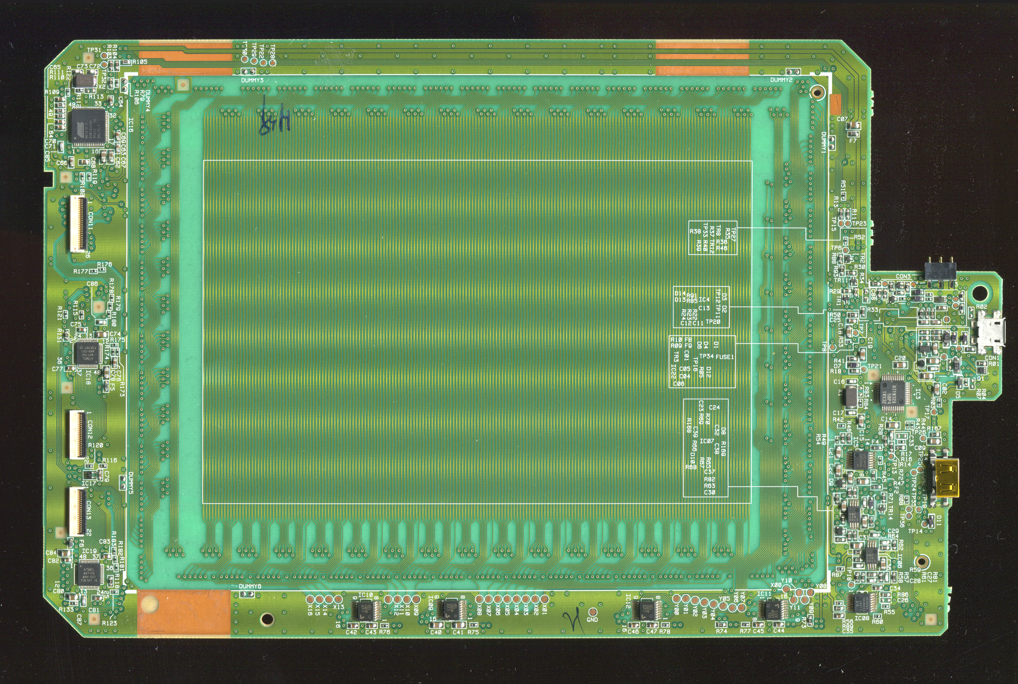Featured
- Get link
- X
- Other Apps
A Modern Reincarination of Graphire: WACOM Bamboo Series Drawing Tablet Reverse Engineering
This is going to be a short follow-up of the previous article; please read that one before proceeding: https://www.lithcore.cn/2024/02/wacom-et-0405-reverse-engineering.html.
Same as before, all the high-resolution PCB scans have been uploaded to GDrive: https://drive.google.com/drive/folders/1vGHHMH9WkavLYoCPT2HWrooUTZOjV1wc
I'm personally attached to the Bamboo product line because that is where I got started 10 years ago. The Bamboo product line is initially made of cheap pen-tablet products designed for the entry-level market. WACOM intentionally limited the performance of those products to avoid direct competition with their professional Intuos product line.
Interestingly, by the time I started using their products, WACOM had gradually shifted the focus of this product line to experimental and high-diversity products, including mobile phone styluses, ultrasonic pens (The first Bamboo Inkling product), mobile phone applications, and paper-based products (e.g. Bamboo Folio and Bamboo Slate). Meanwhile, the low-end pen tables have been relocated to the "Intuos" (not "Intuos Pro") line and, subsequently, the "One" product line.
This article is about the Bamboo CTH-470 pen tablet. Surprisingly, the design is almost identical to Graphire's, with no ASIC chips on board (except for the one in the pen). It's quite unusual, considering WACOM's tradition of making ASIC chips since the very beginning.



Comments
Post a Comment